Home>Home Appliances>Laundry Appliances>How To Clean Dog Toys In A Washing Machine
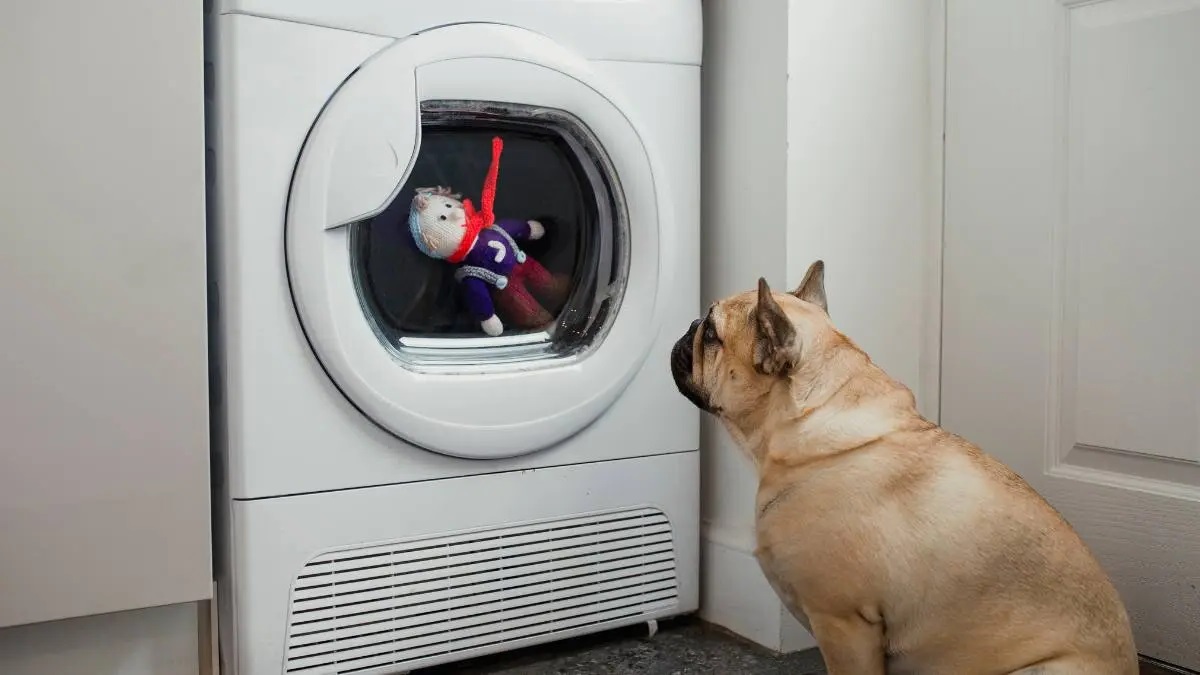

Laundry Appliances
How To Clean Dog Toys In A Washing Machine
Published: February 21, 2024
Learn how to effectively clean your dog's toys using a washing machine. Discover the best practices for using laundry appliances to keep your pet's toys fresh and hygienic.
(Many of the links in this article redirect to a specific reviewed product. Your purchase of these products through affiliate links helps to generate commission for Storables.com, at no extra cost. Learn more)
Introduction
Cleaning your dog's toys is an essential part of maintaining a healthy and hygienic environment for your furry friend. Over time, dog toys can accumulate dirt, saliva, and other residues, making them a breeding ground for bacteria and germs. Regular cleaning not only helps to prolong the lifespan of the toys but also ensures that your dog is not exposed to harmful pathogens.
In this comprehensive guide, we will walk you through the step-by-step process of cleaning your dog's toys using a washing machine. This method is not only convenient but also highly effective in removing dirt, grime, and bacteria from a variety of dog toys, including plush toys, rubber toys, and rope toys.
By following these simple yet effective cleaning techniques, you can ensure that your dog's toys remain clean, safe, and enjoyable for your pet to play with. Let's dive into the details of how to clean dog toys in a washing machine and keep your furry friend's playthings fresh and germ-free.
Key Takeaways:
- Keep your dog’s toys clean and safe by gathering, inspecting, and pre-treating them before washing. Use a gentle, pet-safe detergent and choose the right washing machine cycle for each type of toy to ensure thorough cleaning and maintenance.
- After washing, ensure your dog’s toys are completely dry to prevent mold and mildew. Air-dry fabric-based toys away from direct sunlight, or use a low-heat dryer with caution. Thoroughly dried toys contribute to your pet’s hygiene and enjoyment.
Read more: How To Wash A Dog Bed In The Washing Machine
Step 1: Gather the Dog Toys
Before embarking on the cleaning process, it's essential to gather all of your dog's toys from around the house and yard. This includes plush toys, rubber toys, rope toys, and any other playthings that your dog enjoys. Check for any hidden toys under furniture or in outdoor areas to ensure that you have a comprehensive collection for cleaning.
As you gather the toys, take a moment to inspect each one for signs of damage or wear and tear. Look for loose seams on plush toys, cracks in rubber toys, or frayed ropes. It's important to address any damaged toys before cleaning to prevent further deterioration and potential hazards to your dog during playtime.
Once you have assembled all the toys, separate them based on their material and construction. This initial sorting will help you determine the appropriate cleaning method for each type of toy. For example, plush toys may require a gentler washing cycle compared to rubber or plastic toys. Additionally, toys with intricate designs or delicate features may need special attention during the cleaning process.
As you gather the toys, consider using a laundry bag or mesh laundry hamper to contain smaller items and prevent them from getting lost or tangled during the washing cycle. This extra step can save you time and effort when unloading the washing machine and ensure that all the toys are thoroughly cleaned without any mishaps.
By taking the time to gather and inspect your dog's toys before cleaning, you can set the stage for a thorough and effective cleaning process. This proactive approach not only ensures that all the toys are accounted for but also allows you to address any maintenance or repair needs before proceeding with the washing machine cleaning method.
Step 2: Pre-treat Stains
Pre-treating stains on your dog's toys is a crucial step in the cleaning process, especially for toys that have visible dirt, grime, or stubborn stains. By addressing these stains before placing the toys in the washing machine, you can effectively lift and remove tough residues, ensuring a thorough and successful cleaning outcome.
To begin the pre-treatment process, gather the stained toys and assess the nature of the stains. For toys with surface stains or localized dirt, consider using a gentle pre-treatment solution to target and loosen the residues before washing. For example, you can create a simple pre-treatment solution by mixing mild detergent with water to form a diluted cleaning solution. Alternatively, you can use a specialized stain remover that is safe for the toy's material.
Apply the pre-treatment solution directly to the stained areas of the toys, ensuring thorough coverage of the affected areas. Use a soft-bristled brush or a clean cloth to gently agitate the solution into the stains, allowing it to penetrate and lift the dirt or grime. Take care to avoid excessive scrubbing, especially on delicate or plush toys, to prevent damage to the toy's surface or fabric.
For tougher stains or odors, consider using a pet-safe enzymatic cleaner, which is designed to break down organic residues such as saliva, urine, or food stains. Enzymatic cleaners are particularly effective for addressing lingering odors and deep-seated stains, providing a comprehensive pre-treatment solution for heavily soiled dog toys.
After applying the pre-treatment solution, allow the toys to sit for a brief period to allow the cleaning agents to work on the stains. This dwell time enables the solution to effectively loosen and lift the residues, preparing the toys for the washing machine cycle. During this time, you can also inspect the toys for any remaining stains or areas that may require additional attention before proceeding with the washing process.
By pre-treating stains on your dog's toys, you can target and eliminate stubborn residues, ensuring that the toys undergo a thorough cleaning process in the washing machine. This proactive approach sets the stage for a successful cleaning outcome, allowing you to address specific areas of concern and restore the toys to a fresh and hygienic condition for your beloved pet.
Step 3: Load the Washing Machine
Loading the washing machine with your dog's toys is a critical step in the cleaning process, as it sets the foundation for a thorough and effective cleaning cycle. Properly arranging the toys in the washing machine ensures that they are cleaned evenly and without damage, resulting in fresh and hygienic playthings for your furry companion.
To begin, open the door or lid of the washing machine and ensure that the interior drum is clean and free of any debris or leftover detergent from previous loads. This step helps prevent any potential contamination or residue transfer to your dog's toys during the cleaning cycle.
Next, carefully place the sorted dog toys into the washing machine, taking care to distribute them evenly around the interior drum. Avoid overloading the machine, as this can impede the cleaning process and lead to inadequate washing results. Instead, aim for a balanced arrangement that allows the toys to move freely during the cycle, facilitating thorough cleaning and rinsing.
If you are cleaning a mix of plush toys, rubber toys, and rope toys, consider grouping similar items together to prevent potential damage or entanglement during the washing cycle. Placing delicate plush toys in a separate laundry bag or mesh laundry hamper can provide an extra layer of protection, especially if they have intricate designs or embellishments.
As you load the toys into the washing machine, be mindful of any pre-treated stains or areas that require special attention. Position these toys strategically to ensure that the pre-treated areas receive adequate exposure to the water and detergent, maximizing the effectiveness of the cleaning process.
Once all the toys are loaded into the washing machine, double-check the arrangement to ensure that they are evenly distributed and that the machine's capacity is not exceeded. This attention to detail sets the stage for a successful cleaning cycle, allowing the toys to emerge fresh, clean, and ready for your dog's enjoyment.
By thoughtfully loading the washing machine with your dog's toys, you can optimize the cleaning process and ensure that each toy receives the attention it needs to be thoroughly cleaned. This meticulous approach sets the stage for a successful washing cycle, laying the groundwork for hygienic and safe playthings for your beloved pet.
To clean dog toys in a washing machine, place them in a mesh laundry bag to prevent damage. Use a gentle detergent and wash on a delicate cycle with cold water. Air dry the toys thoroughly before giving them back to your pup.
Step 4: Choose the Right Detergent
Selecting the appropriate detergent is a crucial aspect of cleaning your dog's toys in a washing machine. The right detergent not only ensures effective cleaning but also safeguards the integrity of the toys and the well-being of your furry companion. When choosing a detergent for this purpose, it's essential to prioritize safety, efficacy, and compatibility with different toy materials.
Opt for a mild and fragrance-free detergent that is specifically formulated for sensitive skin and delicate fabrics. Look for detergents labeled as "gentle," "hypoallergenic," or "baby-safe," as these formulations are designed to minimize the risk of skin irritation and allergic reactions, both for your dog and for household members who may come into contact with the toys.
Avoid using harsh or heavily scented detergents, as these can leave behind residues that may be harmful if ingested by your dog during play. Additionally, strong fragrances can overwhelm your dog's sensitive sense of smell, potentially causing discomfort or aversion to the freshly cleaned toys.
For plush toys, consider using a detergent specifically designed for delicate fabrics, such as wool or silk. These formulations are milder and less likely to cause damage to the fabric or affect the toy's texture and appearance. When cleaning rubber or plastic toys, opt for a mild dish soap or a gentle all-purpose detergent to effectively remove dirt and grime without compromising the integrity of the materials.
If your dog has specific allergies or sensitivities, consult with your veterinarian to identify suitable detergent options that align with your pet's needs. Some dogs may react adversely to certain ingredients commonly found in detergents, so it's important to prioritize their well-being when selecting a cleaning agent for their toys.
When in doubt, choose a detergent that is free from harsh chemicals, optical brighteners, and dyes, as these additives can pose risks to your dog's health and the longevity of the toys. By prioritizing safety and compatibility, you can confidently select the right detergent to ensure that your dog's toys emerge from the washing machine clean, fresh, and free from potentially harmful residues.
In summary, choosing the right detergent is a critical step in the process of cleaning your dog's toys in a washing machine. By prioritizing safety, efficacy, and compatibility with different toy materials, you can maintain a hygienic and safe environment for your furry friend while preserving the quality and cleanliness of their beloved playthings.
Step 5: Select the Appropriate Cycle
Choosing the right washing machine cycle is crucial to ensure that your dog's toys are effectively cleaned without compromising their integrity. Different types of toys, materials, and levels of soiling may require specific wash cycles to achieve optimal results. By understanding the available cycle options and their suitability for cleaning dog toys, you can make informed decisions that contribute to a successful and thorough cleaning process.
For plush toys and fabric-based items, such as rope toys, opt for a gentle or delicate cycle. These cycles typically feature slower agitation and shorter wash times, minimizing the risk of damage to the toys' fabric or seams. The gentle cycle is well-suited for cleaning plush toys with delicate features or embellishments, as it reduces the likelihood of these elements becoming dislodged or damaged during the washing process. Additionally, the delicate cycle is effective in removing dirt and residues from fabric-based toys while maintaining their softness and appearance.
When cleaning rubber or plastic toys, consider using a regular or heavy-duty cycle, depending on the level of soiling and the durability of the toys. These cycles provide more robust agitation and extended wash times, allowing for thorough cleaning of hardier toys that may have accumulated stubborn dirt, saliva, or outdoor residues. The increased agitation helps dislodge debris from the surface of the toys, ensuring that they emerge from the washing machine free from grime and ready for your dog's enjoyment.
For mixed loads containing a variety of toy types, consider using a customizable or programmable cycle that allows you to adjust the wash settings based on the specific needs of the items. Many modern washing machines offer customizable options that enable you to tailor the cycle's parameters, such as water temperature, agitation level, and spin speed, to accommodate diverse materials and soiling levels. By leveraging these customizable features, you can optimize the cleaning process for different types of dog toys within the same load, ensuring that each item receives the appropriate treatment for effective and safe cleaning.
In summary, selecting the appropriate cycle for cleaning your dog's toys in a washing machine is a pivotal step in achieving clean, hygienic, and well-maintained playthings for your furry companion. By understanding the characteristics of different wash cycles and their suitability for various toy materials, you can make informed choices that contribute to the successful cleaning and preservation of your dog's cherished toys.
Step 6: Dry the Dog Toys
After the washing cycle is complete, it's essential to thoroughly dry your dog's toys to prevent the growth of mold, mildew, or lingering moisture that could compromise their cleanliness and safety. Proper drying methods ensure that the toys are completely free from excess water and ready for your furry friend to enjoy once again.
Begin by carefully removing the clean toys from the washing machine, taking care to shake off any excess water and inspecting them for any remaining dirt or stains. For plush toys and fabric-based items, gently squeeze or press the toys to expel as much water as possible, facilitating a more efficient drying process.
Next, consider air-drying the toys in a well-ventilated area away from direct sunlight. Hanging fabric-based toys on a clothesline or drying rack allows air to circulate around them, expediting the evaporation of residual moisture. Placing rubber or plastic toys on a clean towel or drying mat helps absorb any remaining water while allowing for air exposure.
If time permits, you can also opt to air-dry the toys outdoors, taking advantage of natural airflow and sunlight to aid in the drying process. However, be mindful of the toy materials and any potential color fading or degradation that prolonged sun exposure may cause, especially for fabric-based or brightly colored toys.
For a quicker drying method, consider using a low-heat setting on a clothes dryer for fabric-based toys, ensuring that the toys are thoroughly dry without subjecting them to excessive heat that could damage delicate fabrics or components. When using a dryer, it's advisable to place the toys in a mesh laundry bag or pillowcase to prevent them from getting tangled or damaged during the drying cycle.
Throughout the drying process, periodically check the toys for any signs of lingering moisture or dampness, especially in seams, crevices, or fabric folds. Thoroughly dried toys should feel completely dry to the touch and exhibit no residual water or damp spots.
By ensuring that your dog's toys are effectively dried after the washing process, you can maintain their cleanliness, integrity, and safety for your pet's continued enjoyment. Proper drying techniques contribute to the overall hygiene and longevity of the toys, allowing your furry companion to play with clean and fresh toys that have been meticulously cared for.
Conclusion
In conclusion, maintaining clean and hygienic dog toys is an essential aspect of responsible pet care. By following the step-by-step process of cleaning dog toys in a washing machine, pet owners can ensure that their furry companions have access to safe, germ-free playthings that contribute to their overall well-being.
The comprehensive approach outlined in this guide emphasizes the importance of proactive toy maintenance, from gathering and inspecting the toys to pre-treating stains and selecting the appropriate washing machine cycle. By incorporating these best practices into the cleaning routine, pet owners can effectively address dirt, grime, and potential bacterial buildup on a variety of toy materials, including plush, rubber, and fabric-based toys.
Furthermore, the emphasis on choosing the right detergent and ensuring thorough drying underscores the commitment to pet safety and toy longevity. By prioritizing mild, fragrance-free detergents and employing proper drying methods, pet owners can safeguard their dog's toys against potential irritants and moisture-related issues, ultimately prolonging the lifespan of the toys and maintaining their cleanliness.
Ultimately, the goal of cleaning dog toys in a washing machine is to provide pets with a healthy and enjoyable play environment while promoting a sense of cleanliness and comfort within the home. By integrating these cleaning practices into their pet care routine, pet owners can demonstrate their dedication to the well-being of their beloved companions, fostering a harmonious and hygienic living space for both pets and their human family members.
In essence, the process of cleaning dog toys in a washing machine serves as a testament to the bond between pets and their owners, reflecting a commitment to maintaining a clean, safe, and nurturing environment for the furry members of the household. Through diligence, care, and attention to detail, pet owners can ensure that their dog's toys remain fresh, inviting, and free from potential health hazards, enriching the overall quality of life for both pets and their human caregivers.
Frequently Asked Questions about How To Clean Dog Toys In A Washing Machine
Was this page helpful?
At Storables.com, we guarantee accurate and reliable information. Our content, validated by Expert Board Contributors, is crafted following stringent Editorial Policies. We're committed to providing you with well-researched, expert-backed insights for all your informational needs.
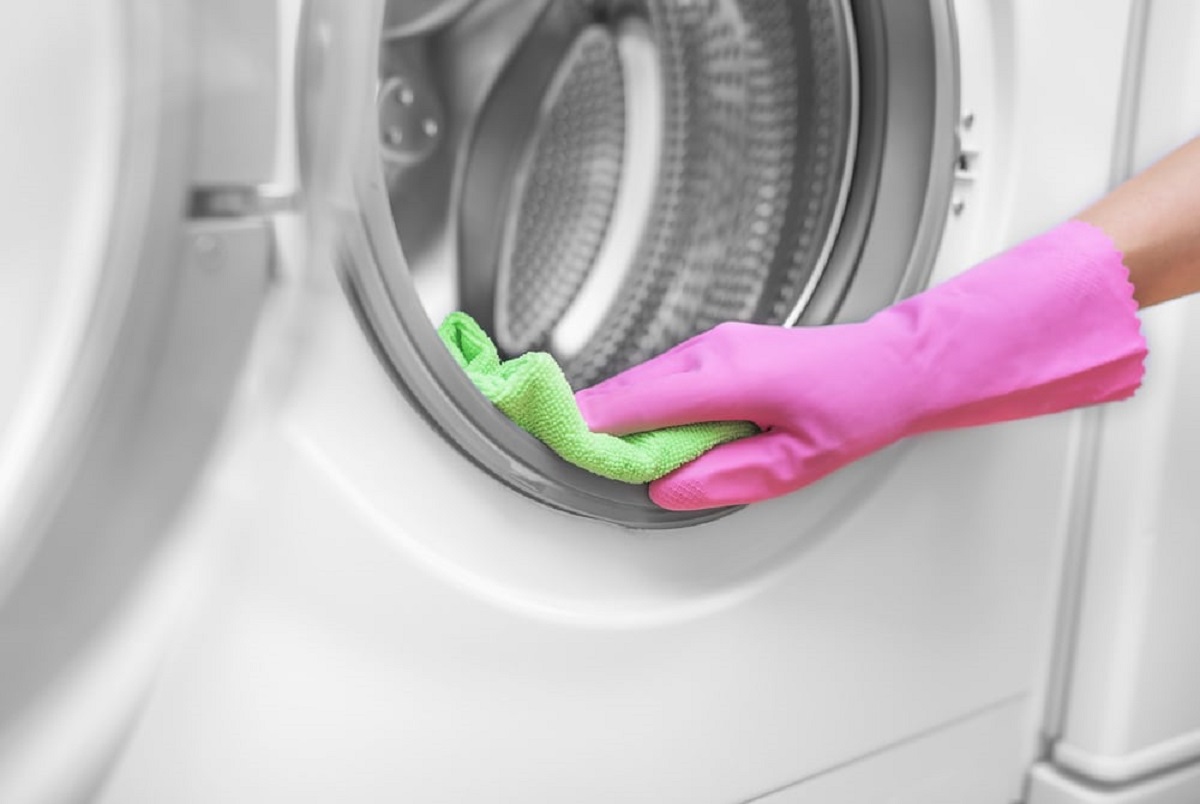
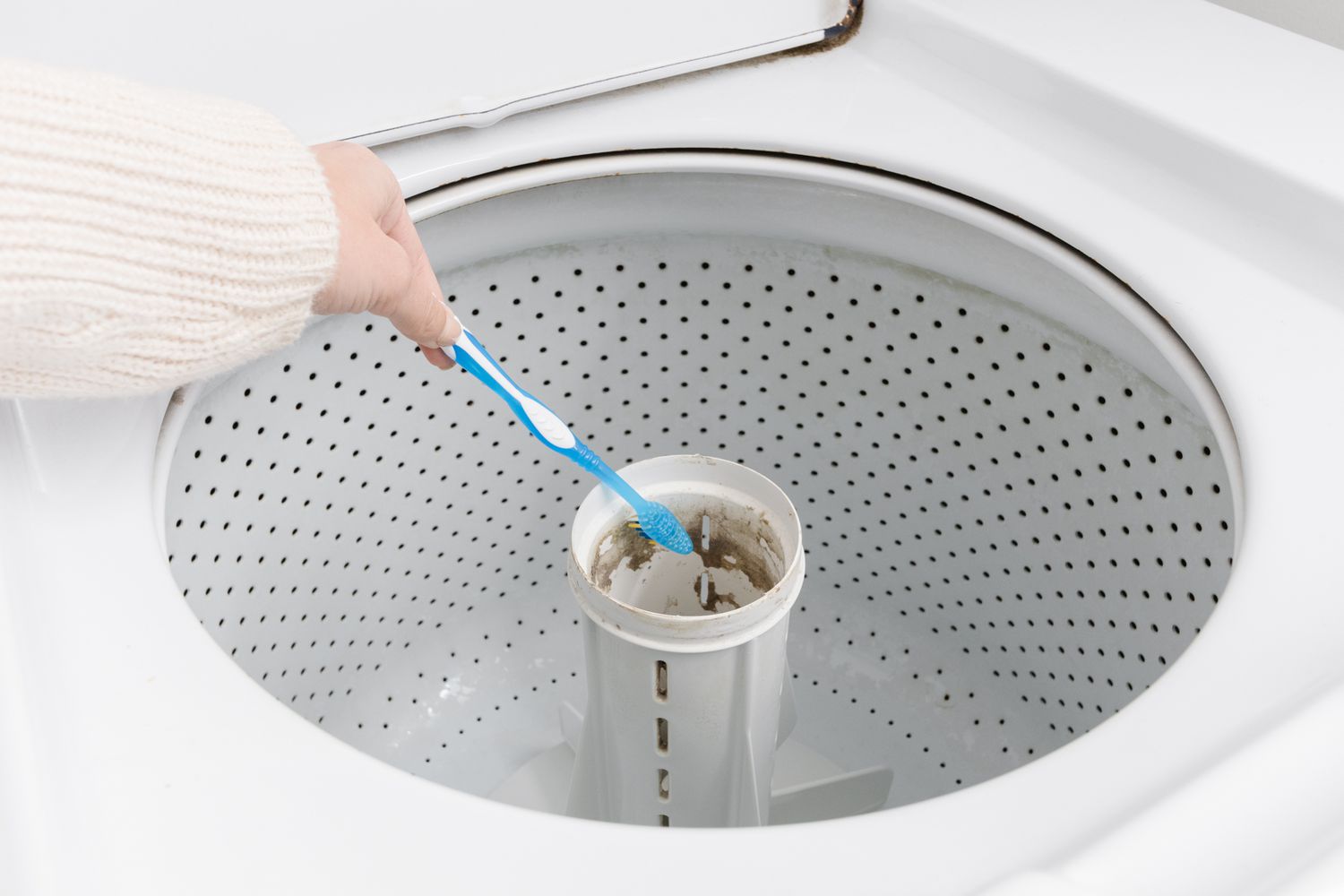
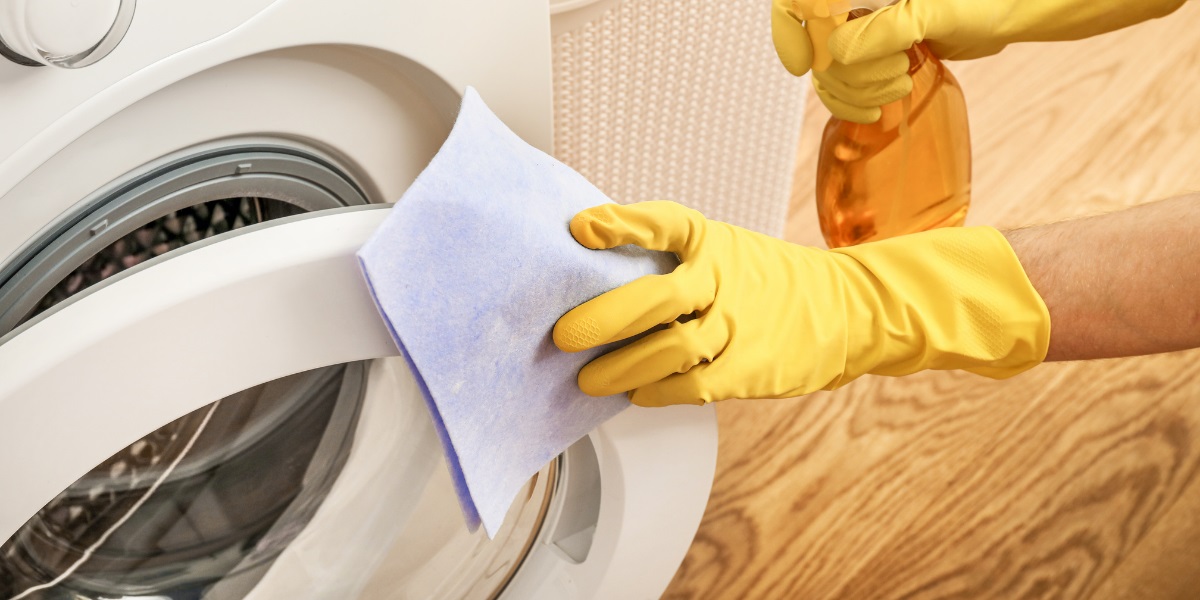
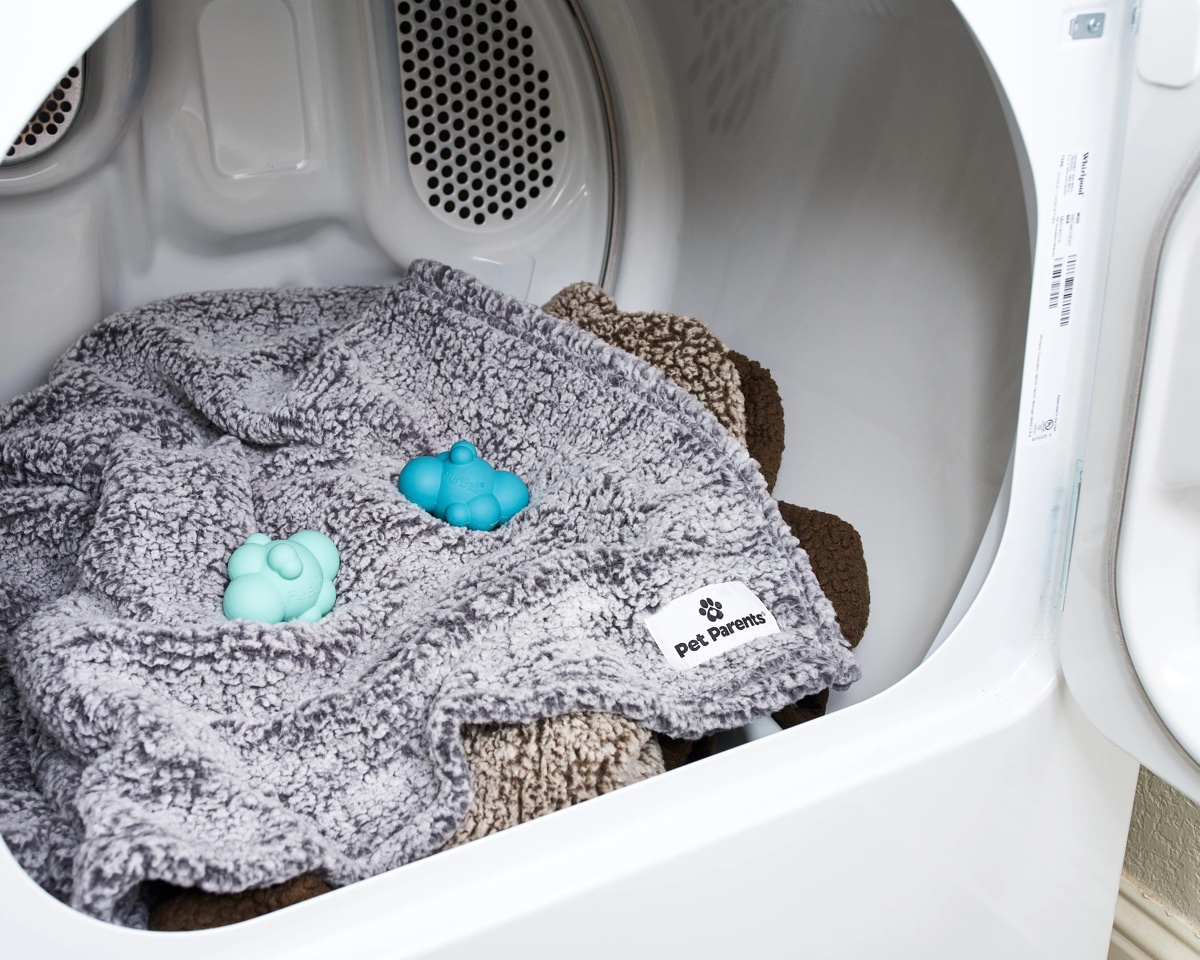
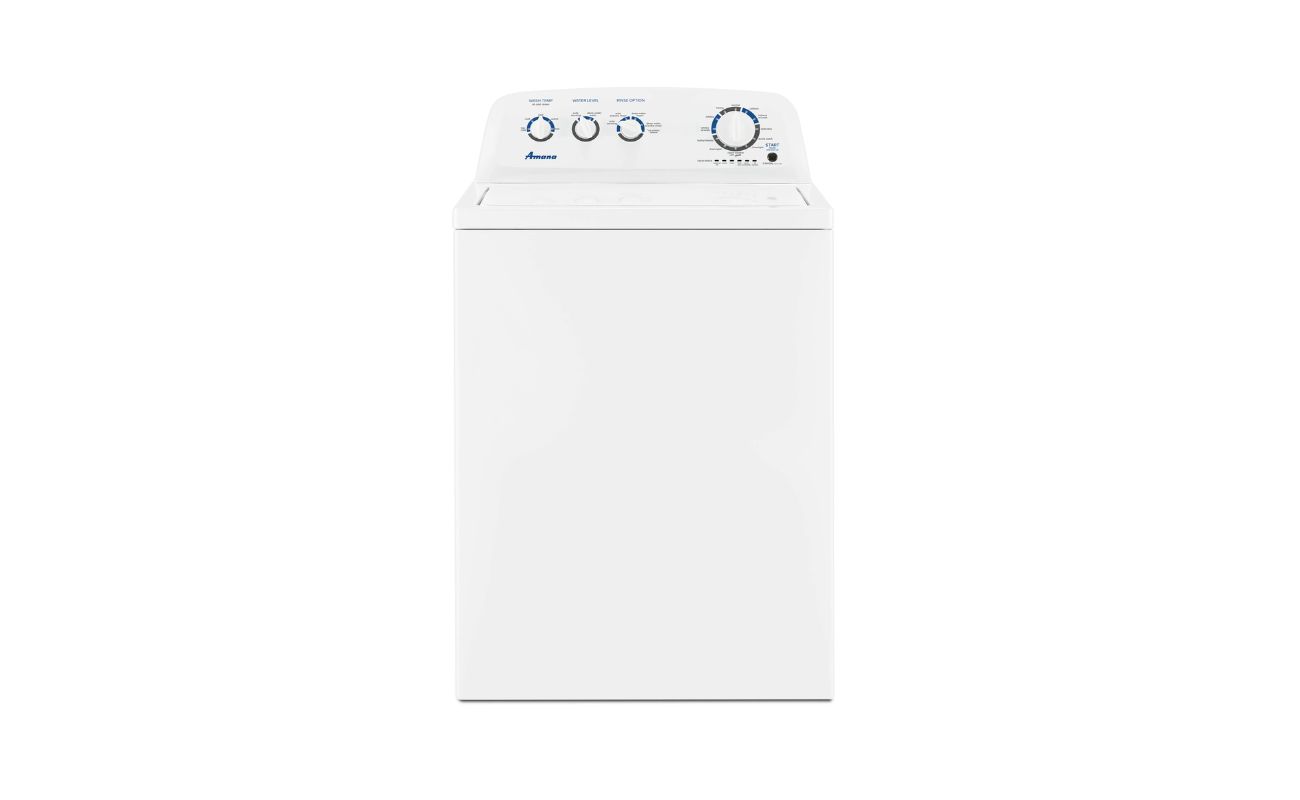
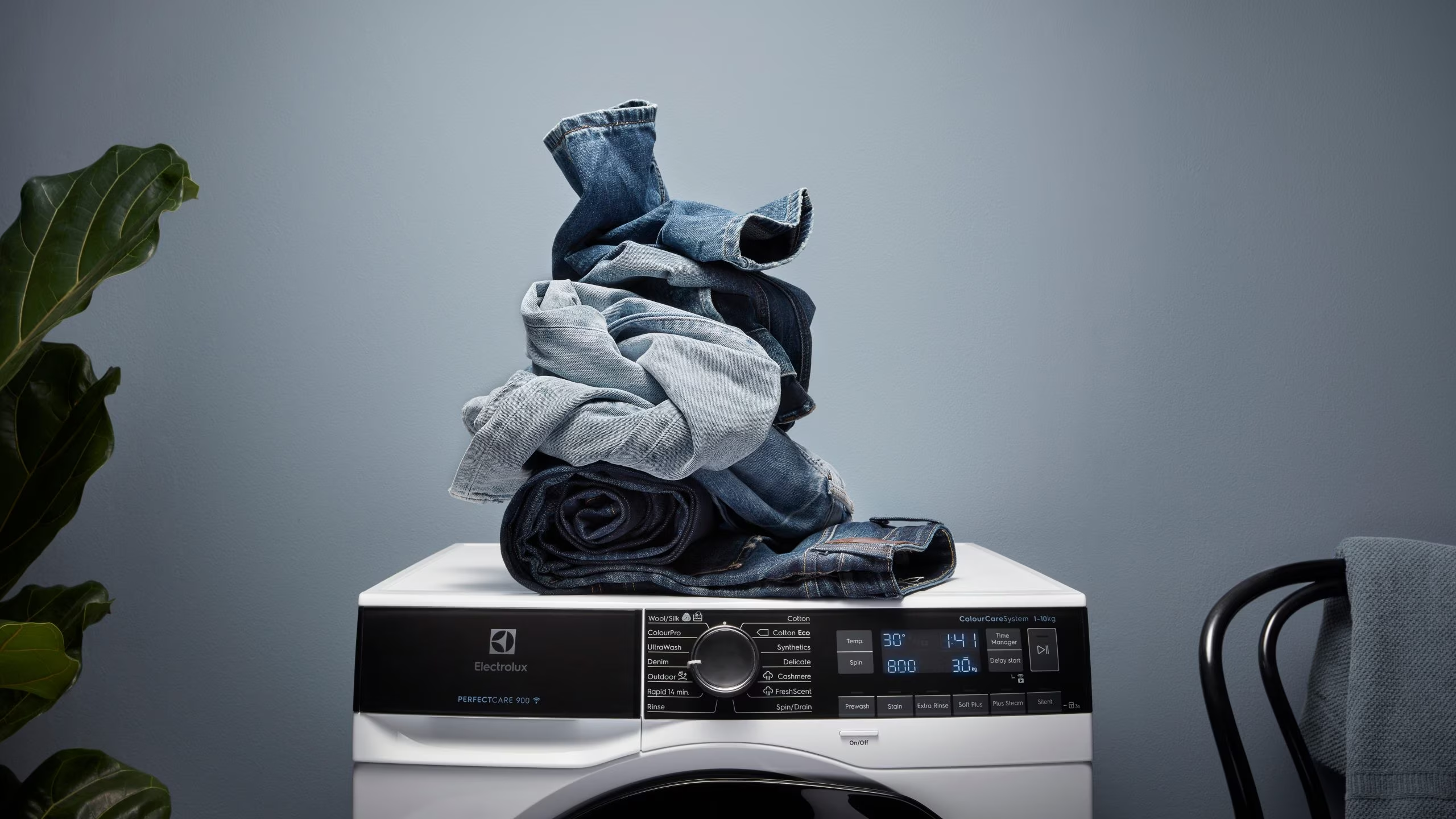
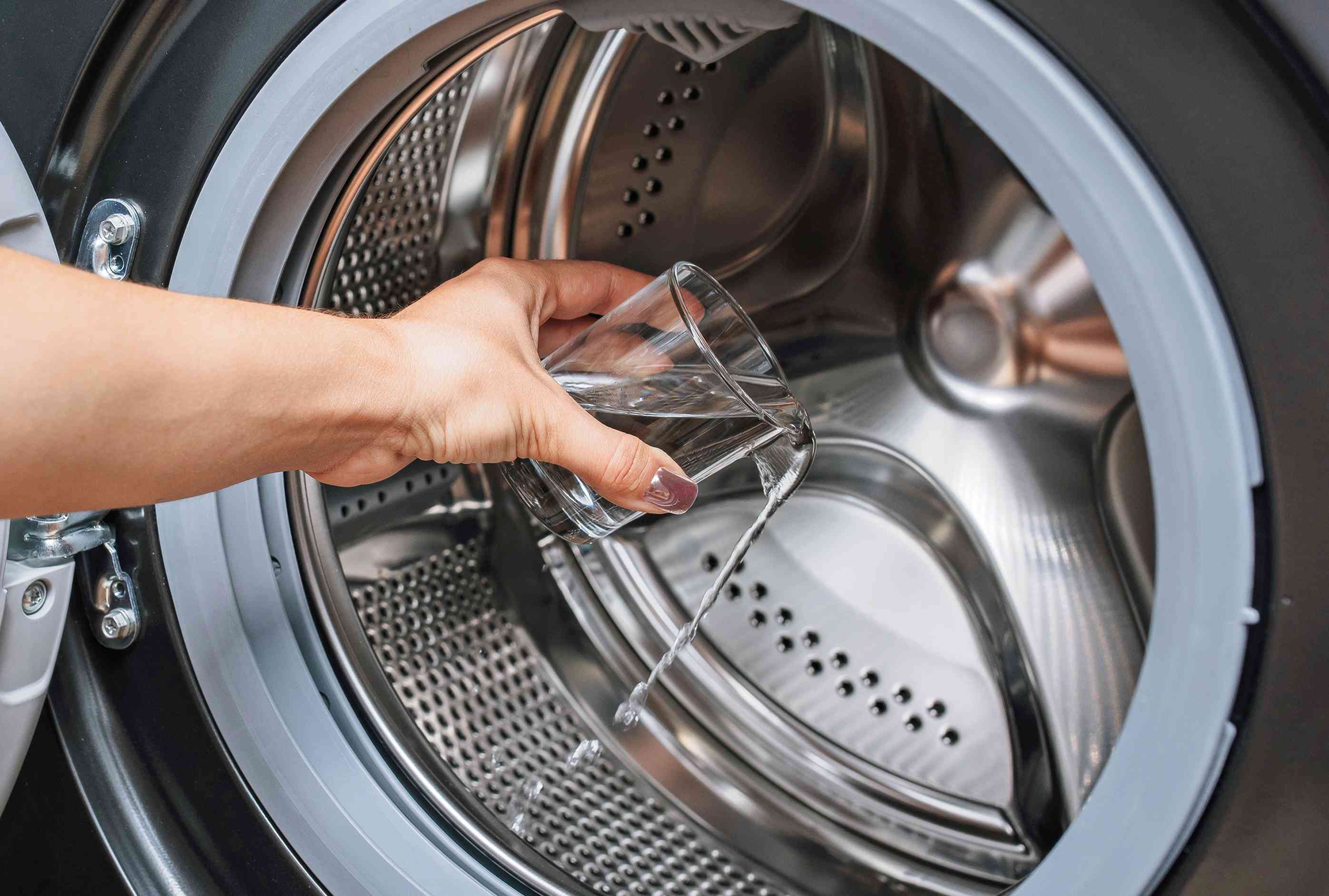
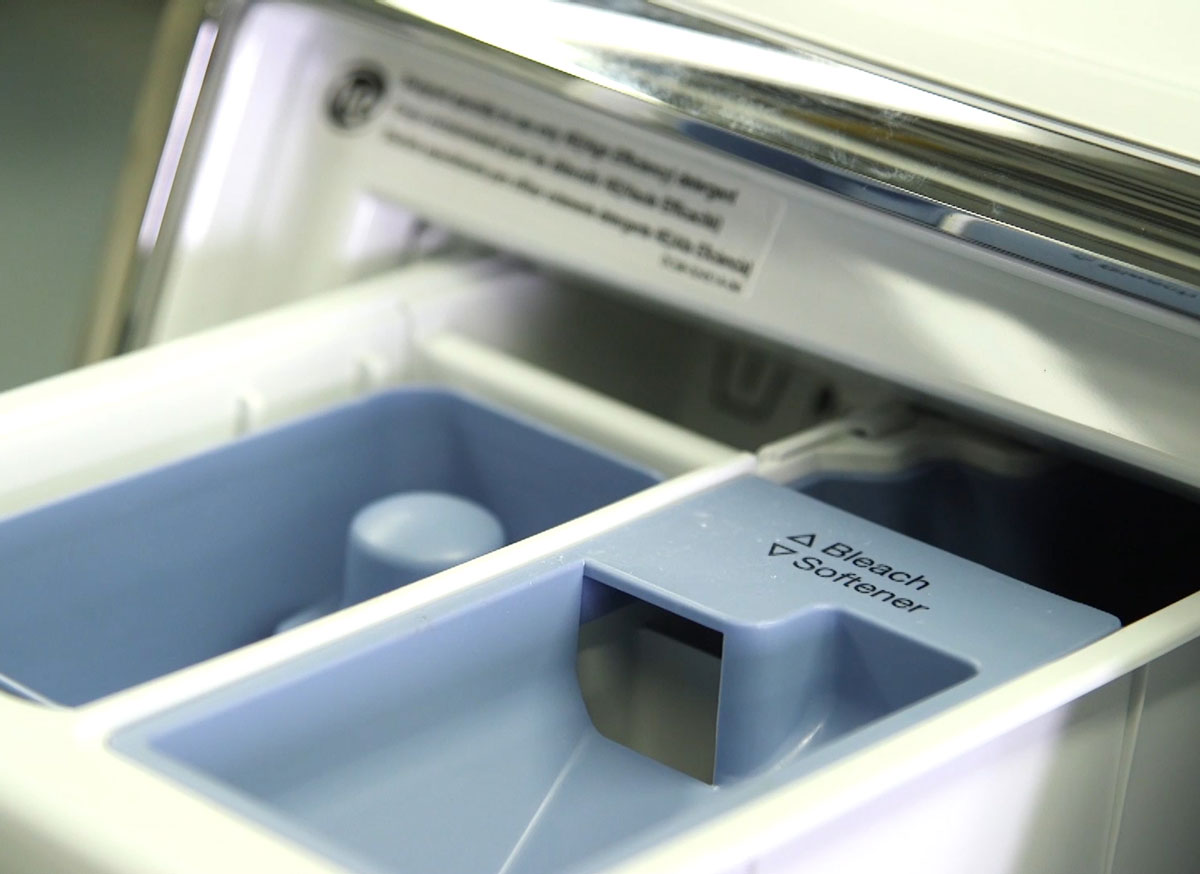
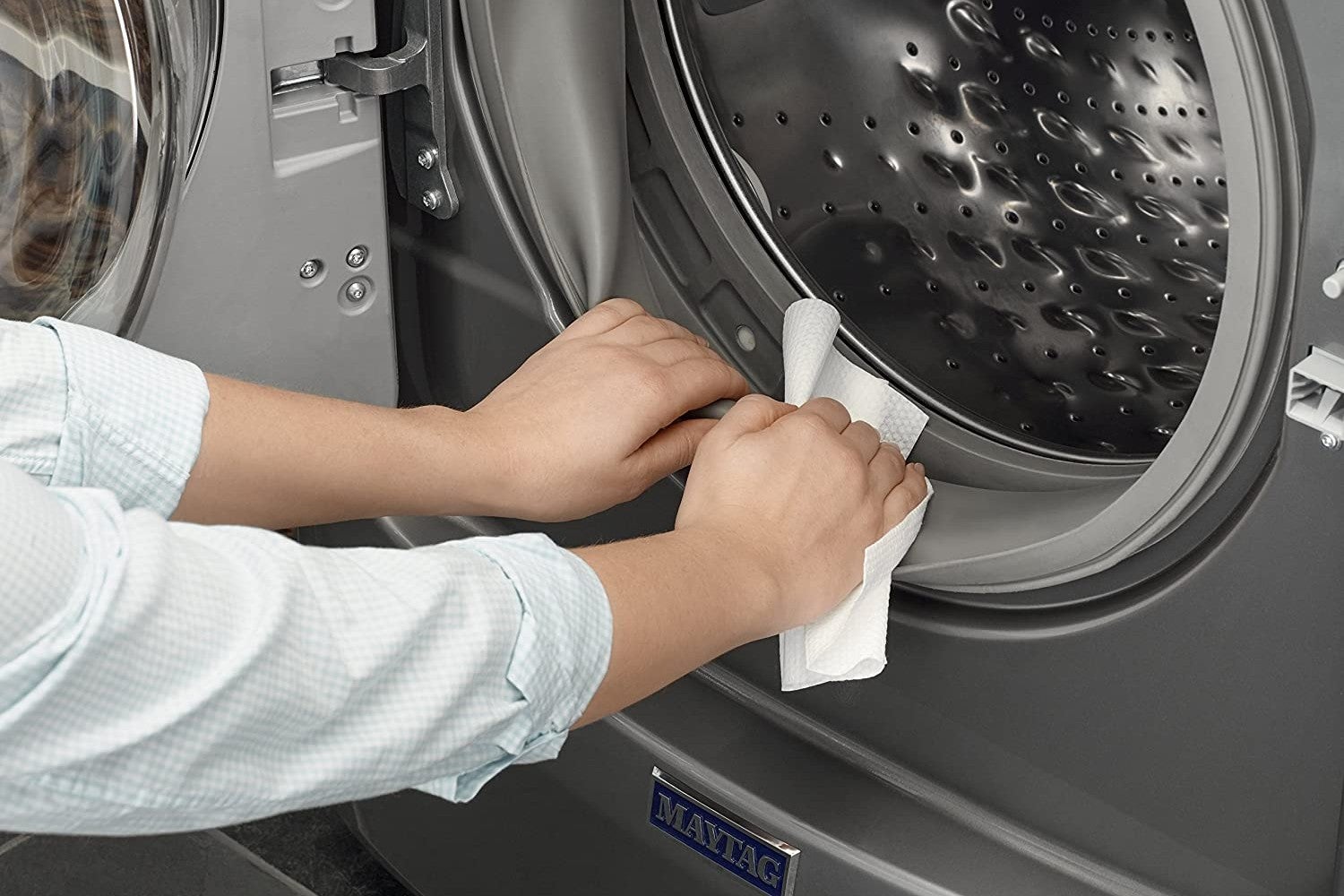
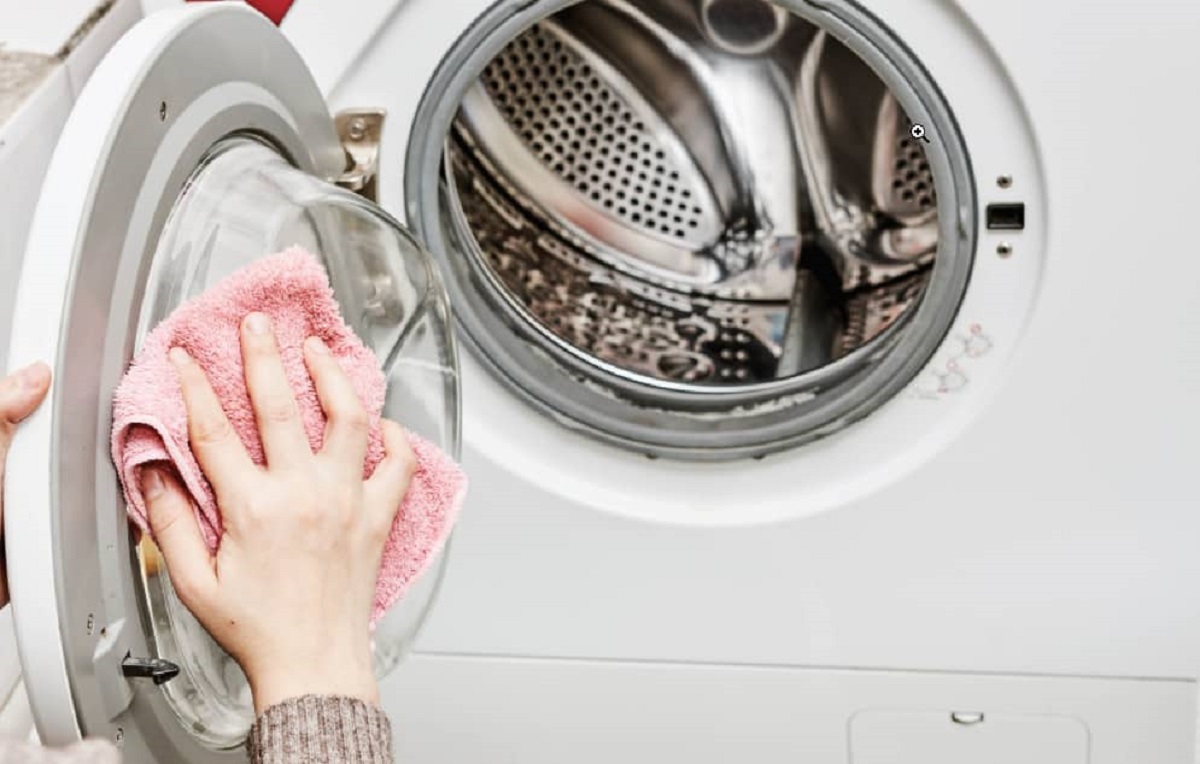
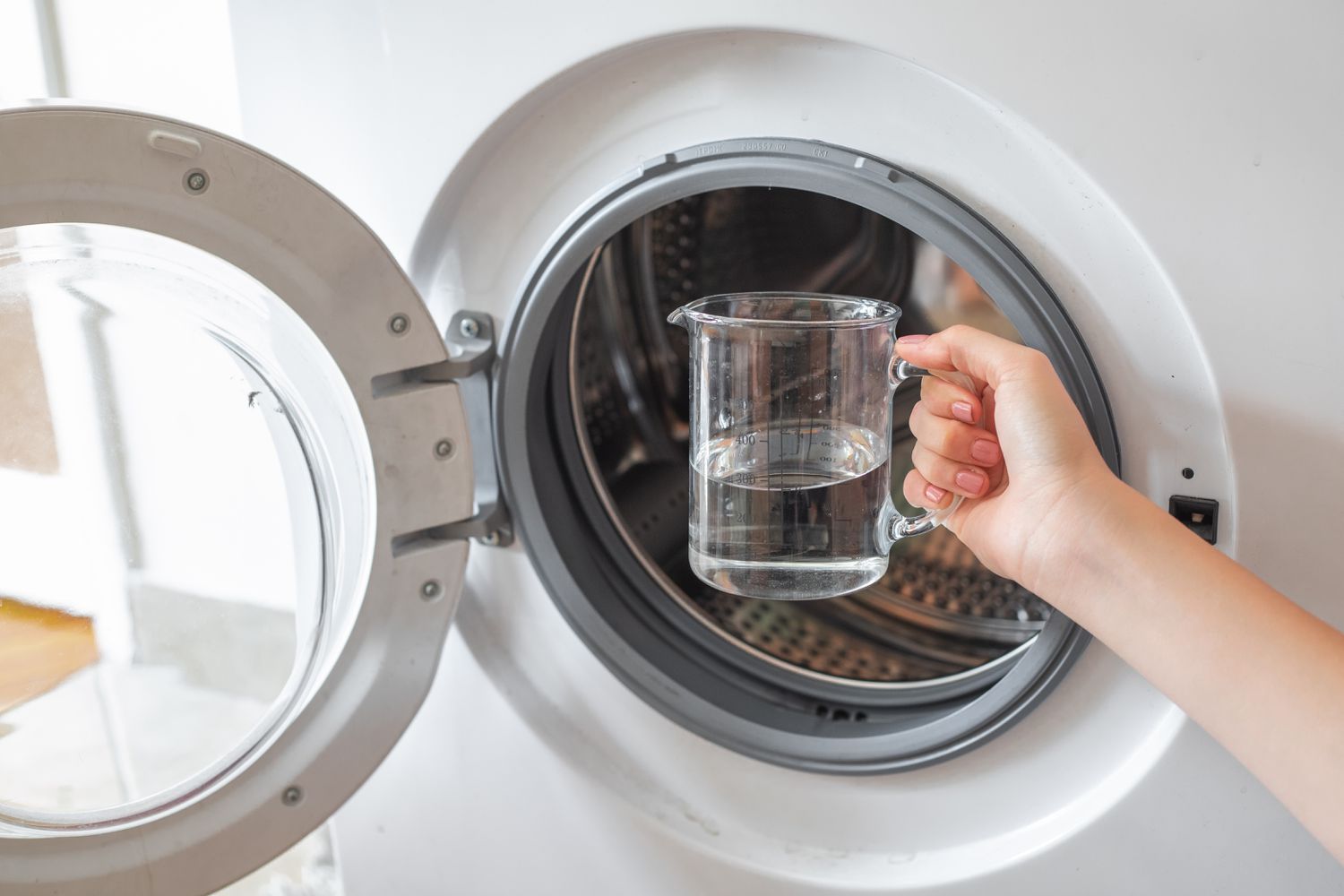
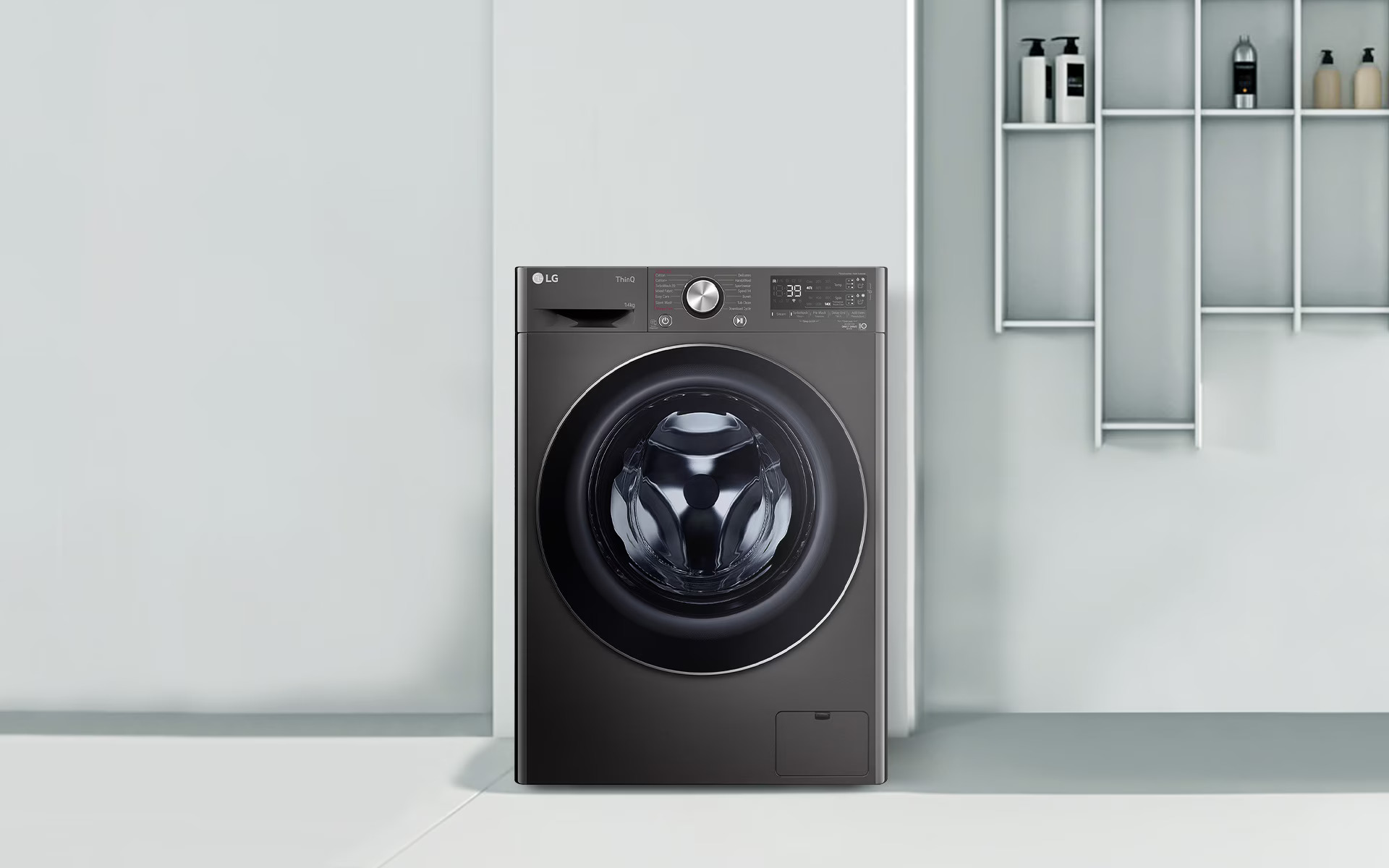
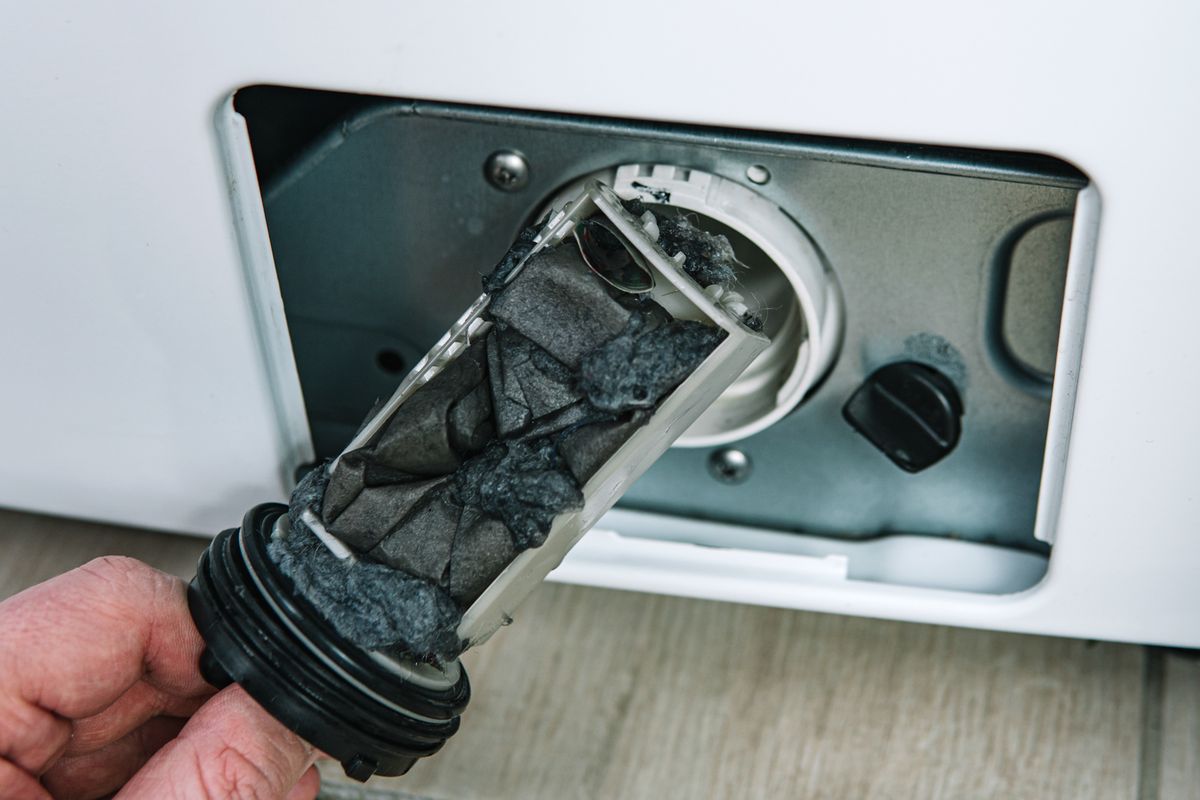
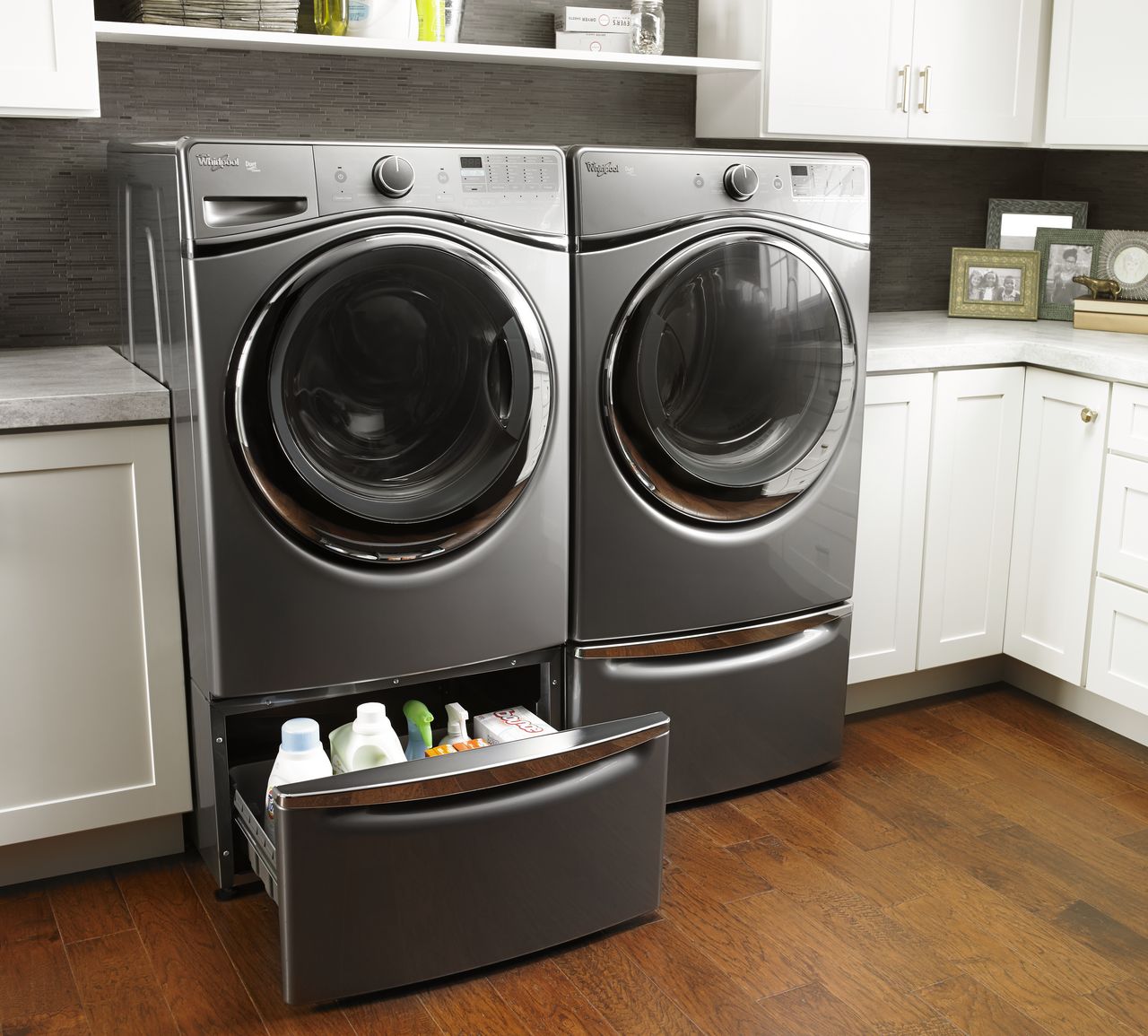

0 thoughts on “How To Clean Dog Toys In A Washing Machine”